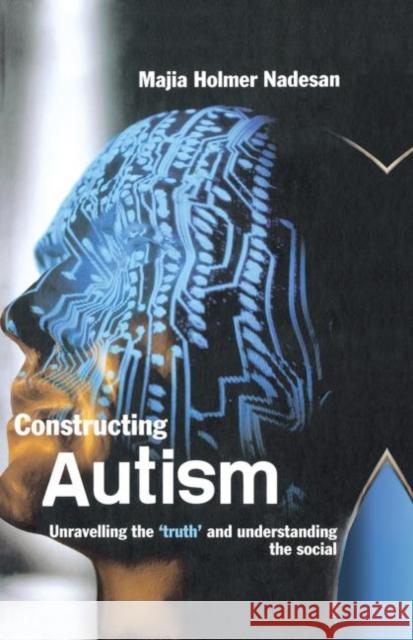Constructing Autism : Unravelling the 'Truth' and Understanding the Social » książka
Constructing Autism : Unravelling the 'Truth' and Understanding the Social
ISBN-13: 9780415321808 / Angielski / Twarda / 2005 / 248 str.
Constructing Autism : Unravelling the 'Truth' and Understanding the Social
ISBN-13: 9780415321808 / Angielski / Twarda / 2005 / 248 str.
(netto: 668,09 VAT: 5%)
Najniższa cena z 30 dni: 654,86
ok. 22 dni roboczych
Bez gwarancji dostawy przed świętami
Darmowa dostawa!
Autism is now considered to be one of the most common developmental disorders, yet 100 years ago it did not exist. What historical and social events enabled autism to be identified as a distinct disorder in the early twentieth century? How have changing paradigms of understanding shaped expert knowledge about autism?
The dramatic increase in diagnoses of autism has paralleled a huge increase in scientific research. At the same time a wide range of information about autism, directed towards popular audiences, is disseminated by the media. Underlying both scientific and popular representations is a premise that autism is a disorder for which we will ultimately find a cure through the ceaseless efforts of scientific enquiry. This quest has inevitably entailed a reductionist search for the origins of the disorder.
In"" "Constructing Autism," Majia Holmer Nadesan, herself the mother of an autistic child, argues that although there is without doubt a biogenetic component to the condition we call autism, it is the social factors involved in its identification, interpretation and remediation that determine what it means to be autistic. This book explores the social practices and institutions that reflect and shape the way we think about autism and what effects this has on autistic people and their families. She unravels what appears to be the 'truth' about autism, stepping behind the history of its emergence as a modern disorder to see how it has become a crisis of twenty first century child development.
This innovative text provides a welcome counter-balance to the predominantly medical and scientific literature on autism, and will be invaluable for anyone studying autisticdisorders, child development and child health, modern public health issues and other areas of medical sociology, psychology and health studies.











